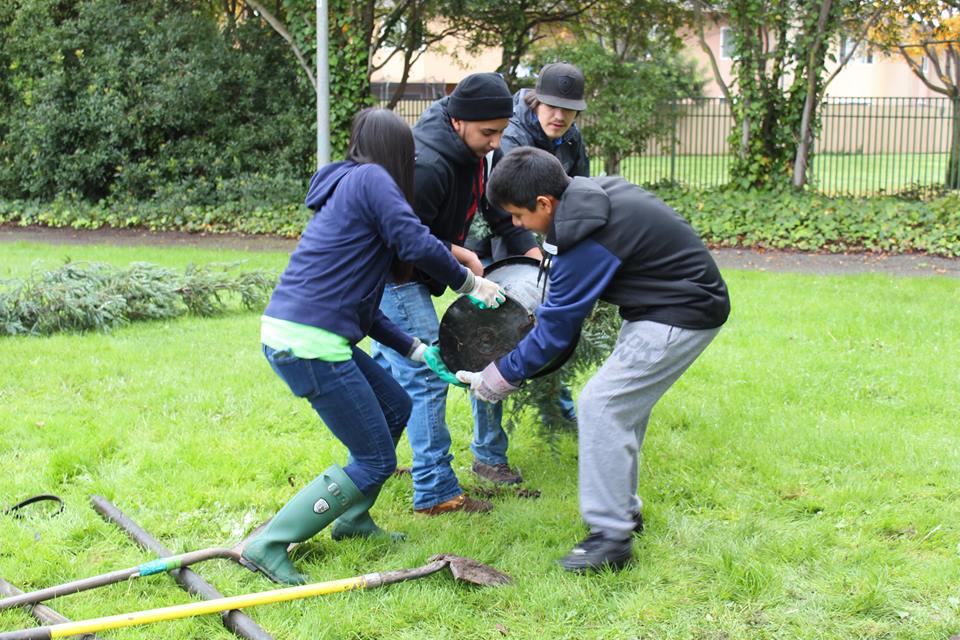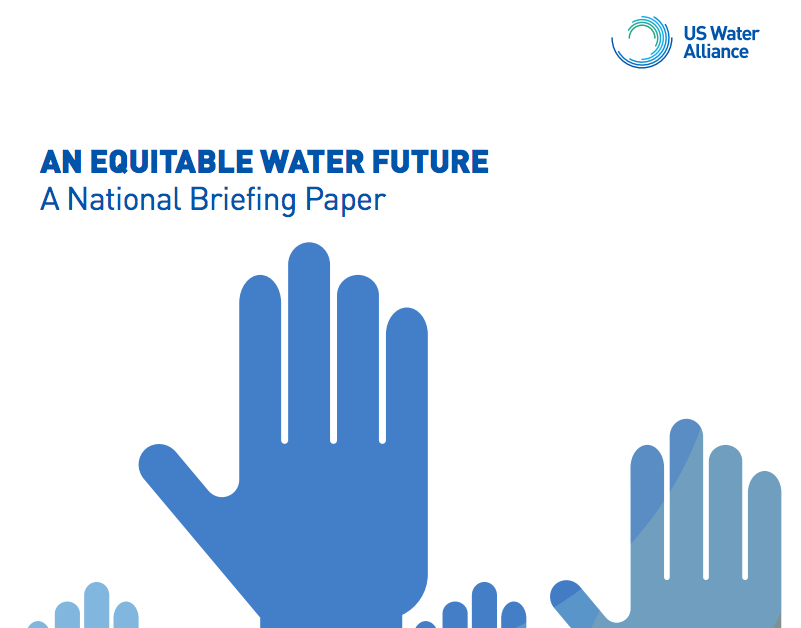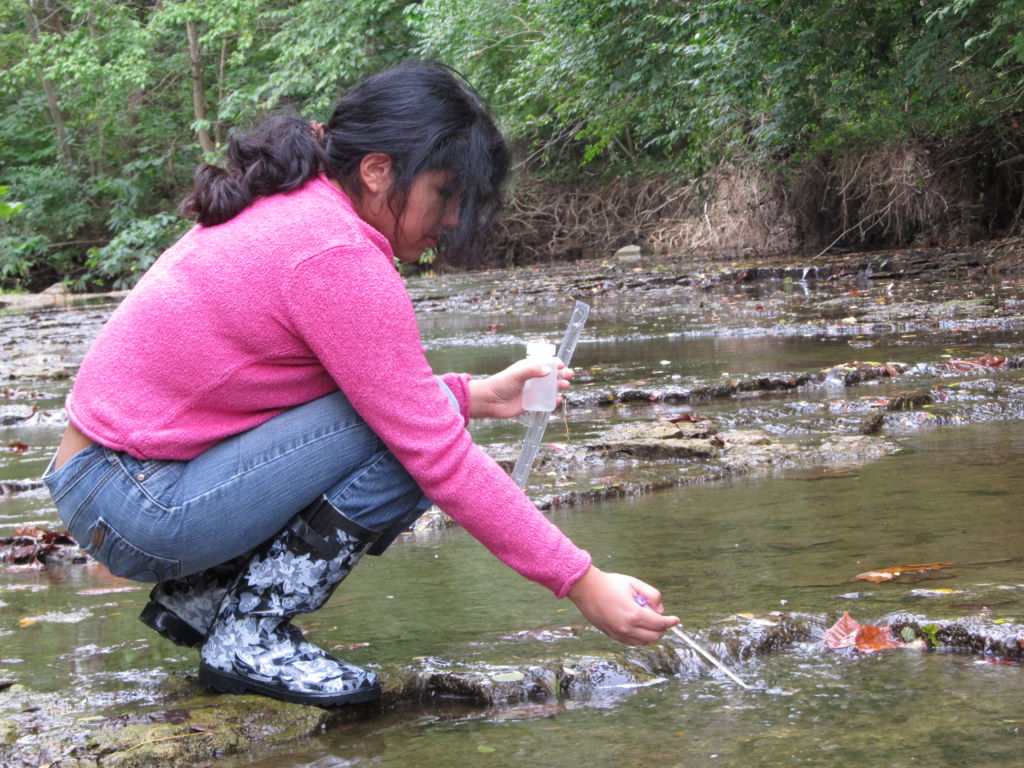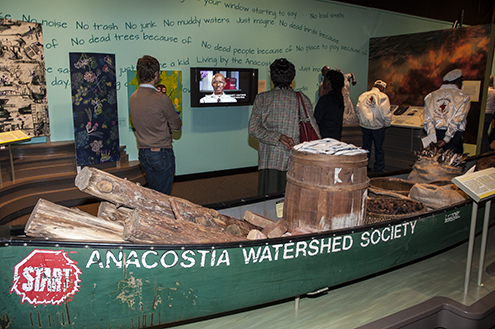arts & culture
October 17, 2022
The President of the Wilderness Society – Jamie Williams – addresses the audience for the curriculum with the following introduction and explanation: “We are thrilled to share a curriculum on […]
March 31, 2022
Inspiration Book: Arts and Experiential Learning: Building the Foundation for Arts and Experiential Learning Partnerships for Mitigation and Resilience is a resource developed by FEMA that includes key considerations for starting a project and inspiring examples of projects from around the world.
April 14, 2019
This report counters the notion that “gentrification is inevitable” by offering an alternative approach to development, one that directly involves and benefits the community in which the development is taking […]
March 11, 2019
In order to get green infrastructure integration and implementation to the scale needed to maximize its many economic, social, and environmental benefits, we will need to rethink not only how […]
October 15, 2018
Groundwork Richmond, established in 2010, is one of 20 Trusts within the Groundwork USA network. The organization plays an integral role in developing the greenway, greening the urban landscape, engaging the community, and educating youth. Environmental justice is also central to Groundwork Richmond’s programs, which benefit both the environment and the local community. Groundwork Richmond has formed strong partnerships with local organizations and agencies to provide meaningful job training and workforce development to build the Richmond Greenway and enhance urban forestry.
July 26, 2018
This report compiles informative case studies, focusing on programs that have successfully incorporated artists, art, and culture into their place-based, transformative approaches. These programs aimed to address affordability issues, make connections between people and their environment, promote holistic water resource management, increase community participation, mitigate and remediate damages, integrate community needs into infrastructure, and support community activism.
January 5, 2018
Three projects from different organizations in the eastern United States are using creative methods to educate students about environmental issues in their communities and to empower urban youth to make a difference. While the issues that the communities face are varied, each organization is engaging youth to raise awareness and to create solutions.
July 20, 2017
This U.S. Water Alliance publication summarizes the overarching and regional challenges that demonstrate the need for more equitable approaches, then outlines the “three pillars of equity” based on USWA’s original […]
April 25, 2017
The Wabash River, which is Indiana’s state river, has a rich economic and cultural history. As a tributary of the Ohio River, it is part of the upper reaches of the 1,245,000-square-mile Mississippi River Basin, and so was a vital navigation and trade route for French traders traveling between Canada and the Gulf of Mexico.
January 11, 2017
The Smithsonian's Anacostia Community Museum explores issues impacting urban contemporary communities. Its approach starts with research and documentation of urban life and history organized around the concerns that are relevant to the largely African American residents in the local river neighborhoods east of the Anacostia River, where the museum is located; then expands to metropolitan Washington, DC area and to like urban communities. Through its innovative research focus, exhibitions, and education programs on the issue of urban waterways, the museum has actively encouraged community investment and stewardship.










